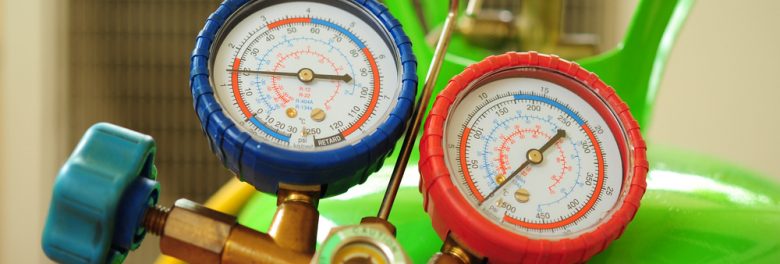
There are several manufacturers of both low and high temperature heat pumps, and their choice of refrigerant impacts performance. Refrigerants are the lifeblood of heat pumps and is also the medium through which heat is transferred.
Hydrocarbon and CO2 refrigerant heat pumps offer some benefits in comparison to alternatives such as Hydrofluorocarbons (HFC) and other compounds. The former are non-toxic, low cost and they have a lower Global Warming Potential (GWP).
The most recognisable sustainability metric for refrigerants is their GWP. CO2 (R744) has a GWP of 1, while hydrocarbon refrigerants such as isobutane (R600a) and propane (R290) have a slightly greater GWP of 3. This is still significantly better than most alternatives such as HFC refrigerants, which can be in the thousands.
Using HFC refrigerants have operational risks due to their high GWP. This is because some of these compounds are being phased out which could lead to future requirements such as upgrading, or replacing, the heat pumps altogether.
One drawback of Hydrocarbon refrigerants in comparison to CO2 refrigerant is that it is extremely flammable. This poses challenges regarding its location. If indoors particular care must be taken to detect leaks and prevent any gaseous build-up.
Due to their physical properties, CO2 refrigerant heat pumps operate at considerably higher pressures than hydrocarbon ones, which, in case of failure, has more destructive power due to that higher pressure. Unlike some HFC options, however, both options can achieve up to 90 °C.
CO2 and hydrocarbon refrigerant heat pumps have similar seasonal efficiencies, and similar refrigerant costs. In terms of footprint, CO2 refrigerant-based heat pumps do appear to be slightly smaller than hydrocarbon refrigerant heat pumps.
Posted on July 29th, 2022
Author: Igor Esteves
Related services: Energy Statements, Indoor Air Quality, Whole Life Cycle Carbon Assessments,